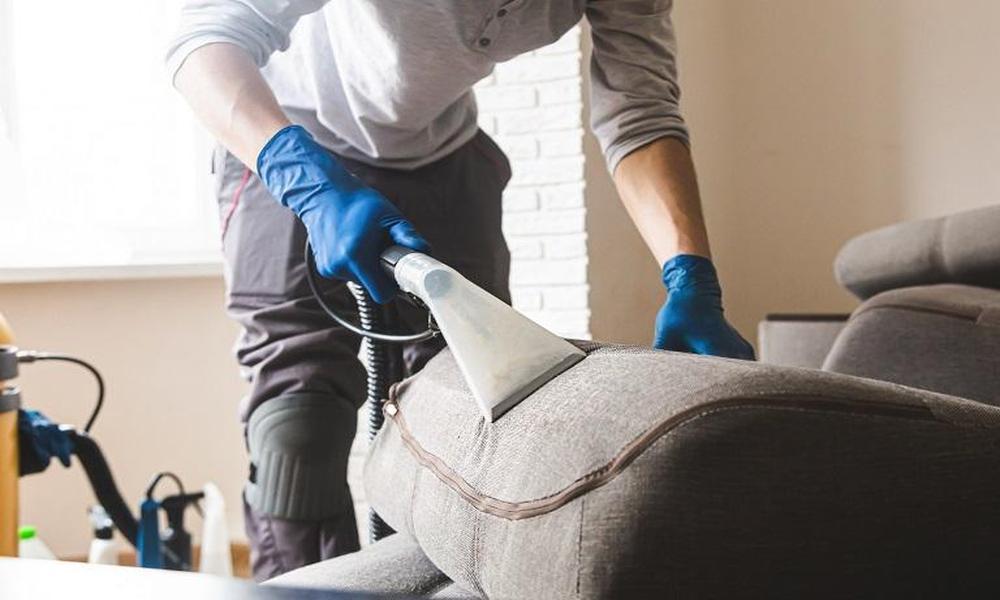Leather sofa repair are a popular choice for their durability, elegance, and comfort. However, over time, they may develop wear and tear, such as scratches, cracks, or fading. Fortunately, many of these issues can be resolved through proper repair techniques. In this guide, we will walk you through the step-by-step process of repairing a leather sofa, ensuring its longevity and beauty.
Assessing the Damage
Before starting any sofa repair, carefully inspect the sofa to identify the extent of the damage. Look for scratches, tears, discoloration, or any other issues that need attention. This assessment will help you determine the appropriate repair techniques and materials required.
Cleaning the Leather
Thoroughly clean the sofa to remove any dirt, dust, or stains. Use a mild leather cleaner and a soft cloth to gently wipe the surface. Avoid using harsh chemicals or abrasive materials that could further damage the leather.
Repairing Scratches
For minor scratches, you can use a leather conditioner or cream to restore the sofa’s appearance. Apply a small amount of conditioner to a soft cloth and rub it onto the affected area using circular motions. Wipe off any excess conditioner and allow it to dry. For deeper scratches, consider using a leather repair kit with a filler compound to fill in the damaged area. Follow the kit instructions carefully for the best results.
Fixing Tears
To repair small tears or punctures in the leather, you can use a leather repair adhesive or glue. Apply a small amount of adhesive to the torn edges and press them together firmly. Let the adhesive dry according to the manufacturer’s instructions. For larger tears or complex damage, it is recommended to seek professional help.
Restoring Color
If your leather sofa has lost its color or has faded in certain areas, you can restore it using a leather dye or colorant. Choose a dye that matches the original color of your sofa and apply it evenly with a sponge or brush. Allow the dye to dry and repeat the process if necessary, following the manufacturer’s guidelines.
Conditioning and Protecting
To maintain the quality of your repaired leather sofa, it is essential to condition and protect it regularly. Apply a leather conditioner or protector to keep the leather soft, supple, and moisturized. Follow the product instructions and apply the conditioner in gentle circular motions.
Conclusion
Repairing a leather sofa can be a cost-effective way to extend its lifespan and restore its beauty. By following these step-by-step guidelines, you can tackle common issues such as scratches, tears, and color fading. However, it’s important to note that complex or extensive damage may require professional assistance. Remember to take proper care of your leather sofa by cleaning, conditioning, and protecting it regularly to ensure its longevity and maintain its aesthetic appeal.

